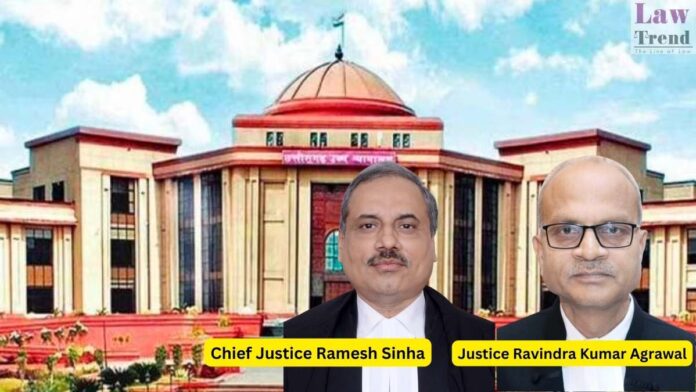Reaffirming the principles of vicarious liability under Section 149 of the Indian Penal Code, the Chhattisgarh High Court has upheld life sentences awarded to five men accused of conspiring with Maoists in the 2019 murder of a villager. The Court held that the “common object” of an unlawful assembly can be inferred from the conduct
To Read More Please Subscribe to VIP Membership for Unlimited Access to All the Articles, Download Available Copies of Judgments/Order, Acess to Central/State Bare Acts, Advertisement Free Content, Access to More than 4000 Legal Drafts( Readymade Editable Formats of Suits, Petitions, Writs, Legal Notices, Divorce Petitions, 138 Notices, Bail Applications etc.) in Hindi and English.




